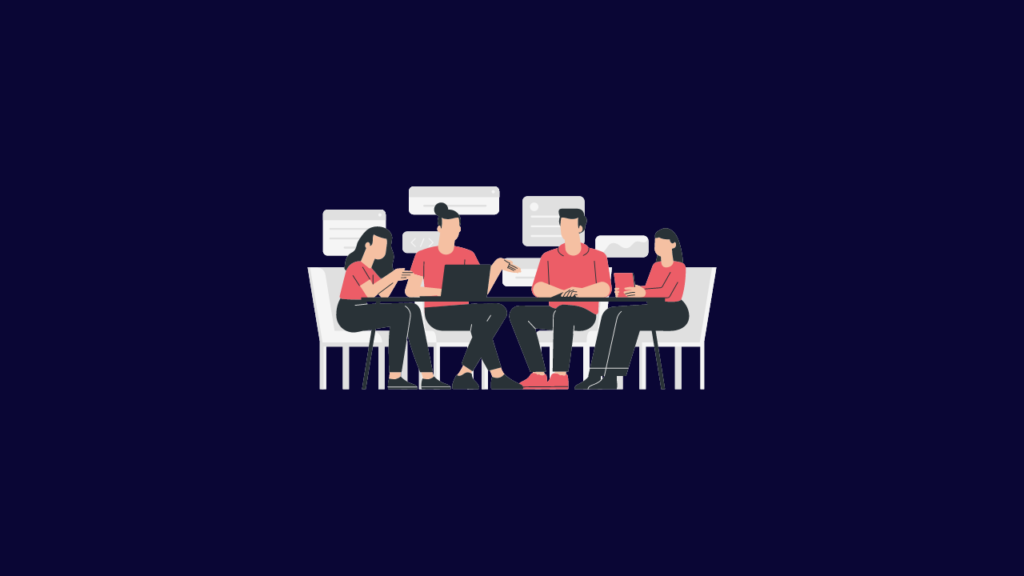Technology has become an integral part of modern workplaces, and it is essential to stay up-to-date with the latest trends to ensure a seamless operation. In this blog post, we will explore some of the key technological trends that businesses need to adapt to stay competitive in today’s fast-paced world.

Cloud Computing
Cloud computing has become increasingly popular in recent years, and for good reason. It allows businesses to access data and applications from any device, anywhere in the world. This enables employees to work from anywhere, increasing productivity and flexibility. Additionally, cloud computing also provides cost savings by reducing the need for expensive hardware and software.
Artificial Intelligence
Artificial Intelligence (AI) is rapidly advancing and is already being used in a variety of ways to improve efficiency in the workplace. For example, chatbots can be used to handle customer service inquiries, reducing the need for human employees. Additionally, AI can be used to automate repetitive tasks, such as data entry, freeing up employees to focus on more important tasks.
Tools Data Management software (TDM)
TDM is an essential tool for businesses of all sizes, as it allows them to organize, manage and analyze data in a way that is efficient, accurate, and effective. These tools can help businesses in a variety of ways. TDM software allows businesses to clean, standardize and enrich data, to ensure that it is accurate and consistent. This is essential for businesses that rely on data to make decisions or for those that need to comply with data regulations.
It can automate repetitive tasks such as data integration, data mapping, and data validation. This frees up employees to focus on more important tasks, increasing overall efficiency and productivity. It can help businesses to implement best practices for data governance, such as data lineage, data lineage, data lineage, data lineage, data lineage, data lineage, data lineage, data lineage, data lineage, data lineage. This can help businesses to ensure data integrity and compliance with data regulations.
Internet of Things
The Internet of Things (IoT) refers to the interconnectedness of everyday devices, such as smartphones and smart appliances. This technology is becoming increasingly prevalent in the workplace and can be used to improve efficiency and productivity. For example, IoT sensors can be used to monitor the usage of office equipment, allowing businesses to make data-driven decisions about when to replace or repair them.
Virtual and Augmented Reality
Virtual and augmented reality technology is becoming increasingly popular in the workplace. Virtual reality can be used for employee training, allowing employees to experience simulated situations in a safe and controlled environment. Additionally, augmented reality can be used to enhance communication and collaboration among remote employees.
Conclusion
Corporations of all types are investing heavily in new technologies to drive their business success. From virtual and augmented reality to the next generation of internet-connected devices, businesses must stay on top of the latest trends in technology to remain competitive.
The ongoing technological advancements have paved the way for new business methods. The speed and efficiency with which businesses can now respond to changing consumer demands, as well as new opportunities, has significantly increased. To stay on top of the game, businesses need to adopt new technologies that are currently redefining the ways in which businesses operate.
